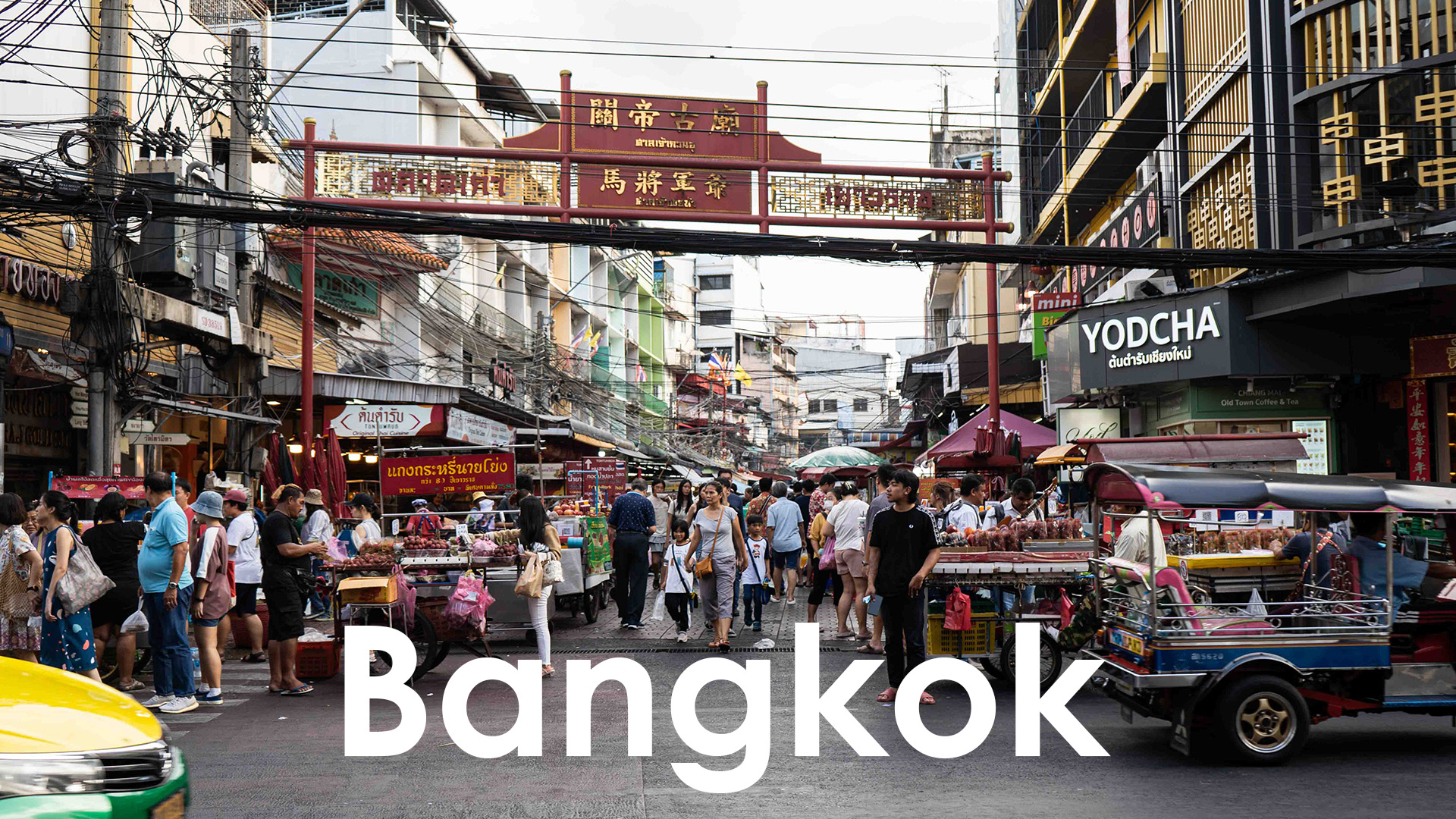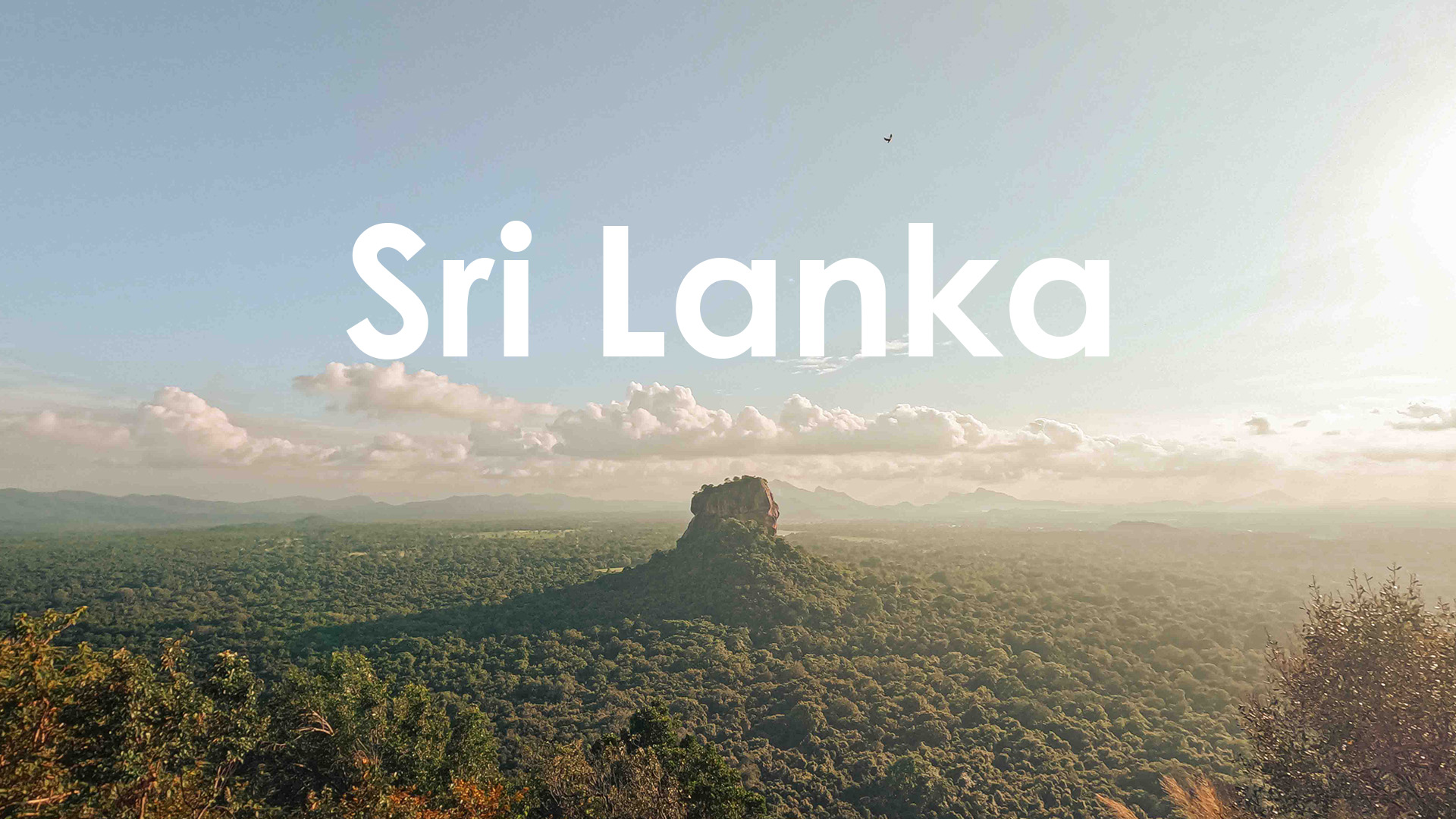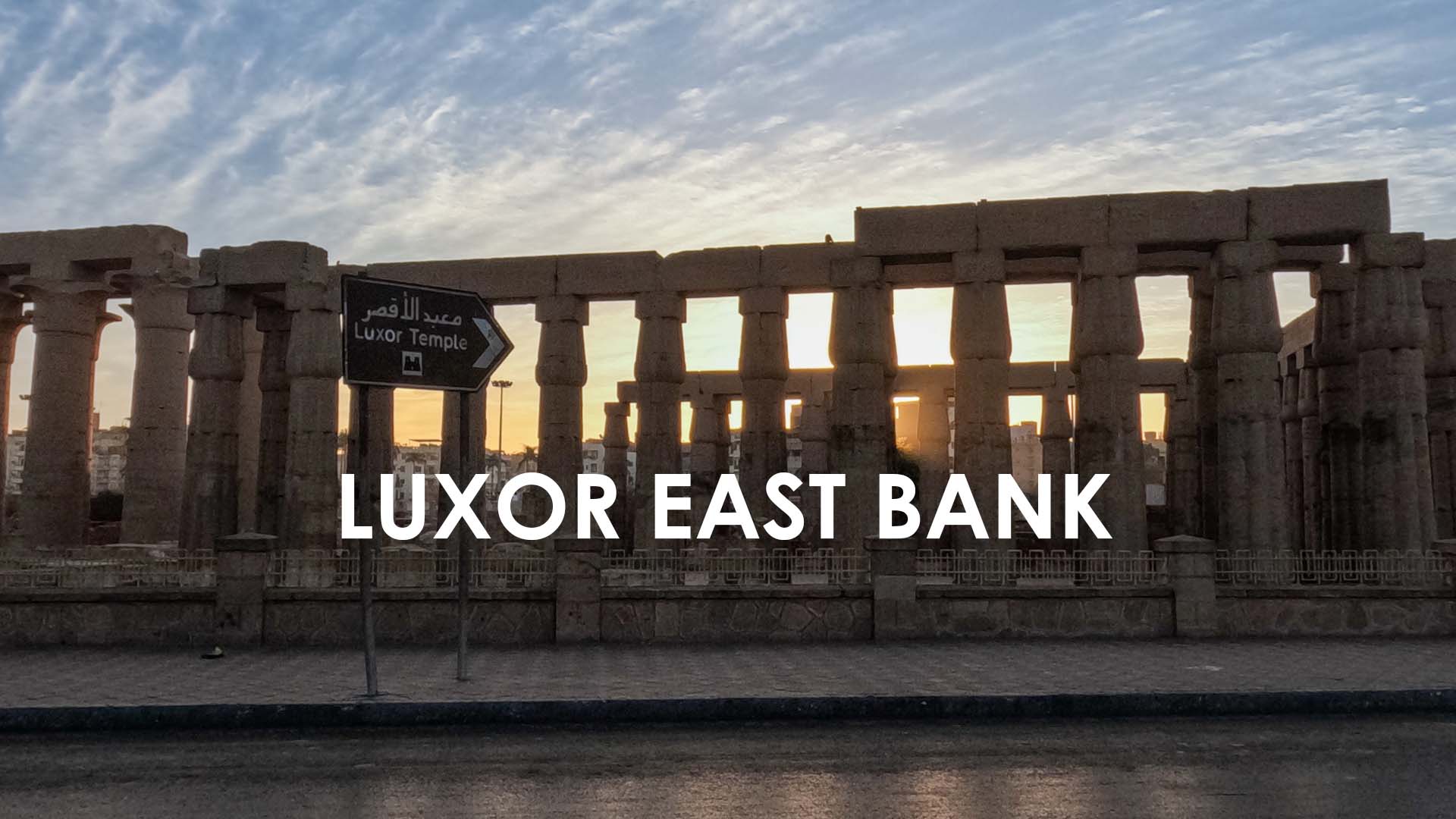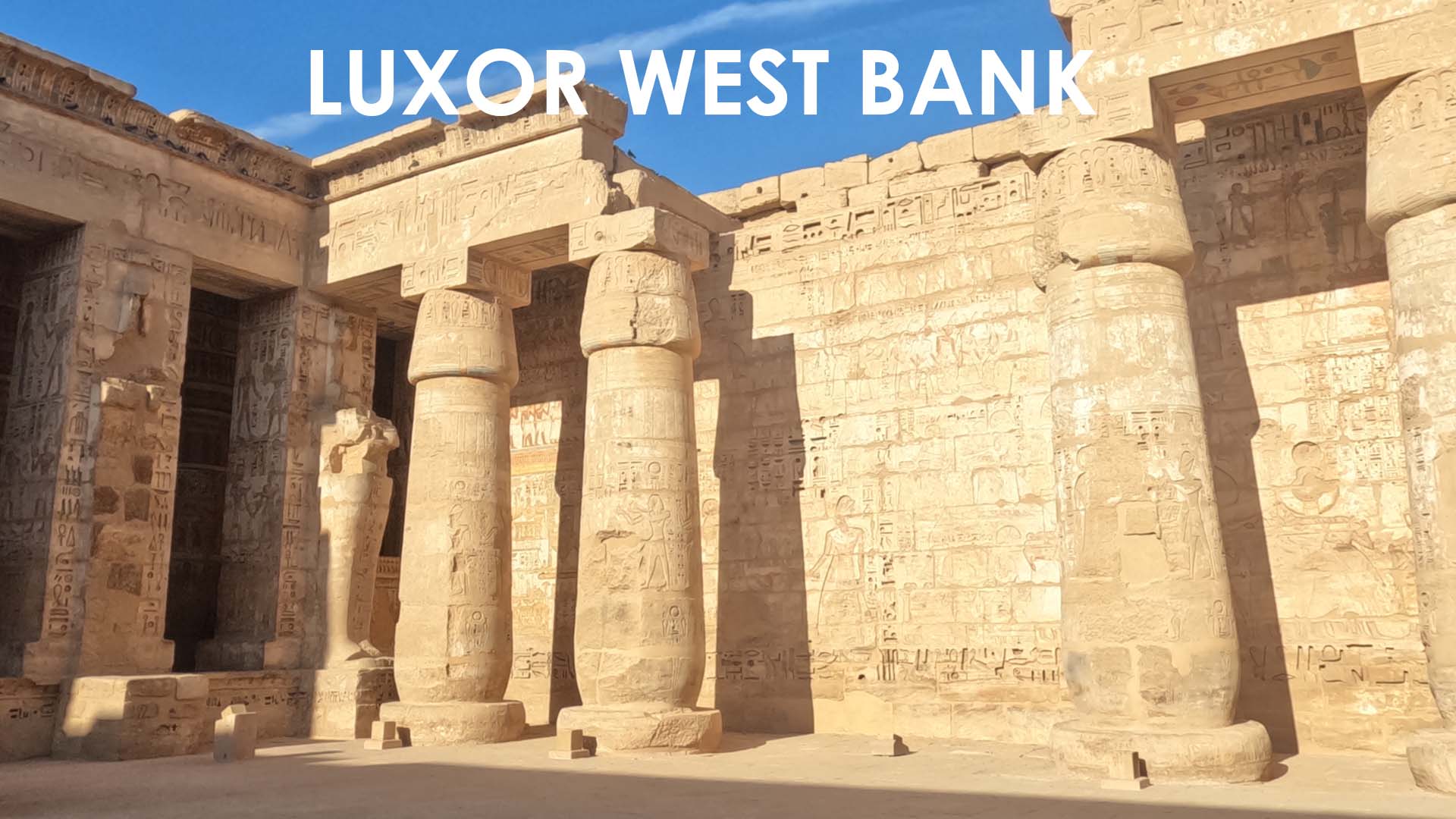
The City of the Dead, LUXOR WEST BANK,Egypt
As we traveled through what felt like an endless expanse of sands, the stark, majestic cliffs of Deir el-Bahari slowly rose into view, and there it was, nestled perfectly against them: the Temple of Hatshepsut. It’s not just a structure; it’s a vision, an architectural marvel that seems to emerge organically from the very rock face. The journey itself felt like a pilgrimage, crossing the ancient landscape that has witnessed so much history.
The surroundings are absolutely breathtaking. The golden desert stretches out endlessly behind us, meeting the sharp, almost jagged lines of the Theban cliffs that loom overhead. The contrast is stunning – the soft, undulating dunes against the harsh, vertical rock faces, with the temple’s clean, horizontal lines providing a harmonious transition. The air is warm and dry, carrying a profound silence that makes the whispers of history feel almost audible. You can feel the sheer scale of the desert, and then the ingenuity of humans who chose this dramatic spot to build something so magnificent.
To actually reach the temple, we’re now facing a series of long steps and ramps that ascend gracefully to each of its three distinct terraces. It’s a gradual climb, almost a ceremonial ascent, designed to build anticipation. Each step takes us higher, offering ever-expanding panoramic views of the valley, of the Nile’s green ribbon in the distance, and the distant East Bank. These ramps aren’t merely functional; they’re an integral part of the temple’s flow, guiding you upwards, stage by stage, through the narrative of Hatshepsut’s reign.
As we reach the first terrace, the pillars begin to assert their presence. Here, on the lower and middle terraces, I’m seeing rows of colonnades, some with incredibly preserved reliefs still visible on their surfaces. They depict Hatshepsut’s divine birth, her famed expedition to the Land of Punt, and scenes of tribute. These aren’t just supporting structures; they are canvases, each one a testament to the artistry of her era. The pillars are sturdy, elegant, framing the grand reliefs and creating a sense of ordered space within the vastness of the desert.
Climbing higher to the upper terrace, the pillars become even more prominent, especially the double rows that form the portico leading to the inner sanctuary. Here, many are Osiride pillars, where Hatshepsut is depicted in the guise of Osiris, her arms crossed, holding the royal insignia. There’s a certain stoicism, a powerful androgynous majesty in these representations that speaks volumes about her unique position as a female pharaoh. The repetition of these forms creates a rhythmic, powerful effect, drawing your eye further into the temple’s core.
The temple’s design itself feels so modern, so ahead of its time, with its distinct levels and open courts, perfectly integrated into the natural amphitheater of the cliffs. It’s a profound experience to not just see, but to physically move through this space, touching the sun-warmed stone of the pillars, walking the same steps as ancient Egyptians, and feeling the incredible presence of a queen who literally moved mountains to build her lasting legacy in this breathtaking desert landscape.
“See the world. It’s more fantastic than any dream.” – Ray Bradbury
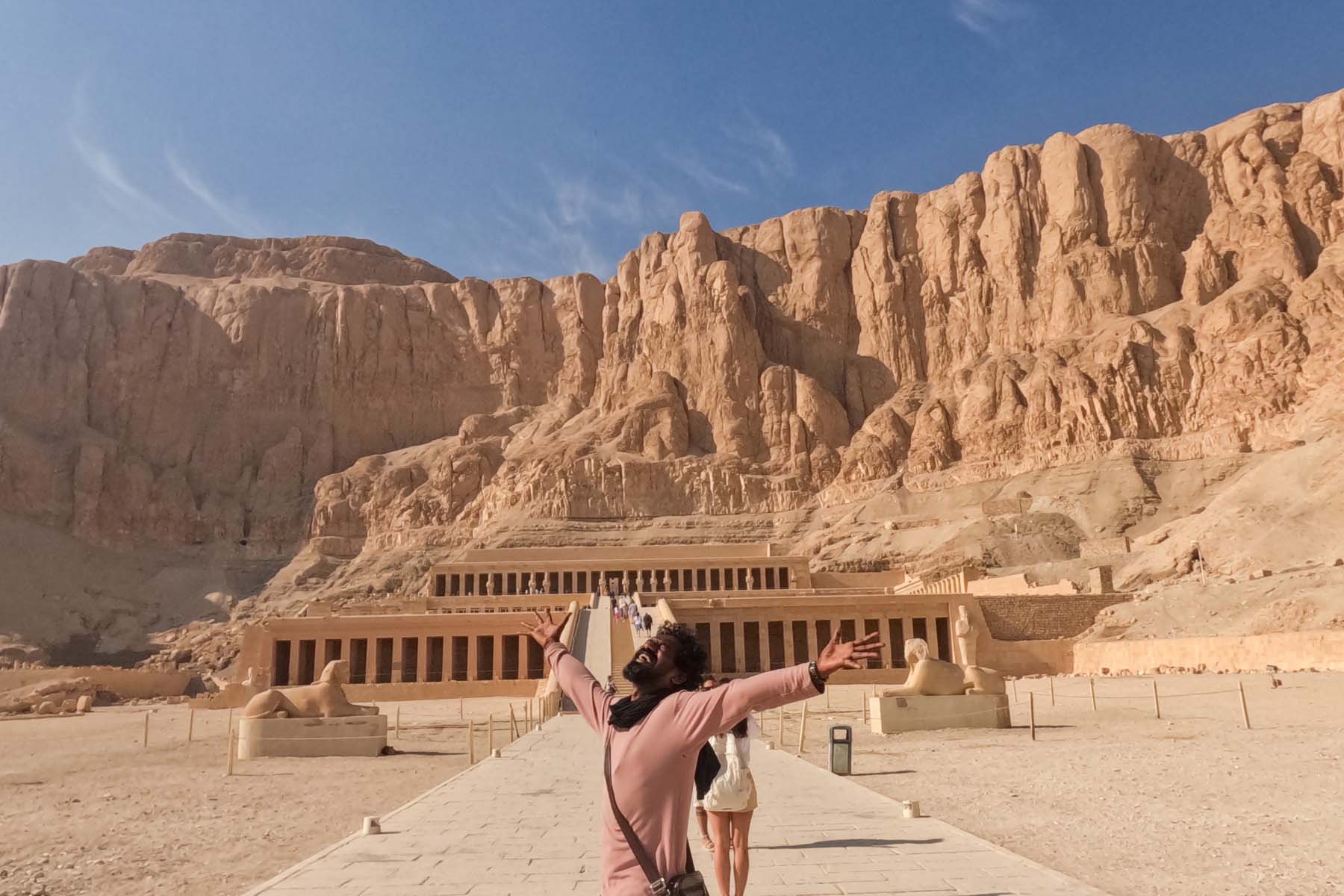
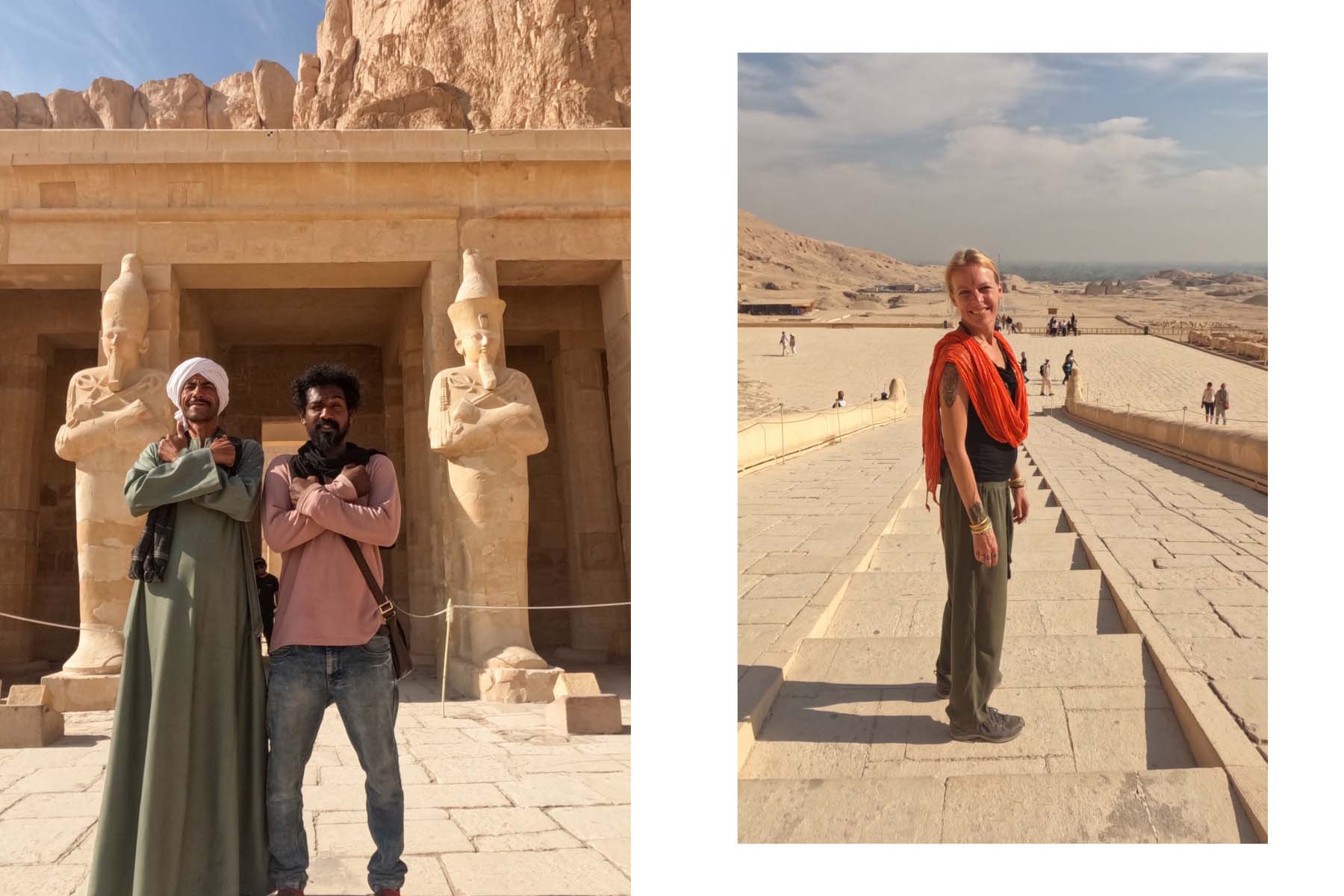
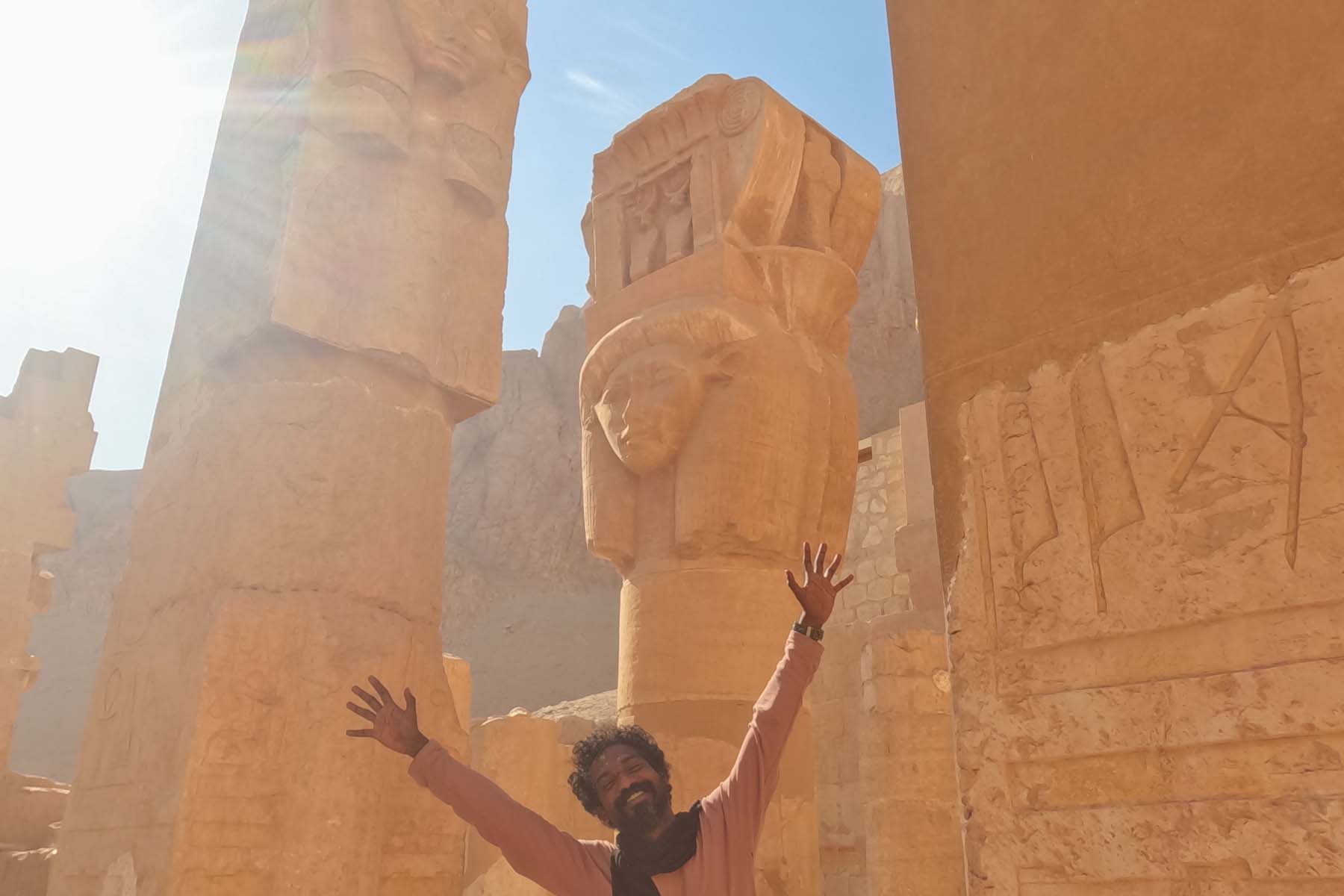
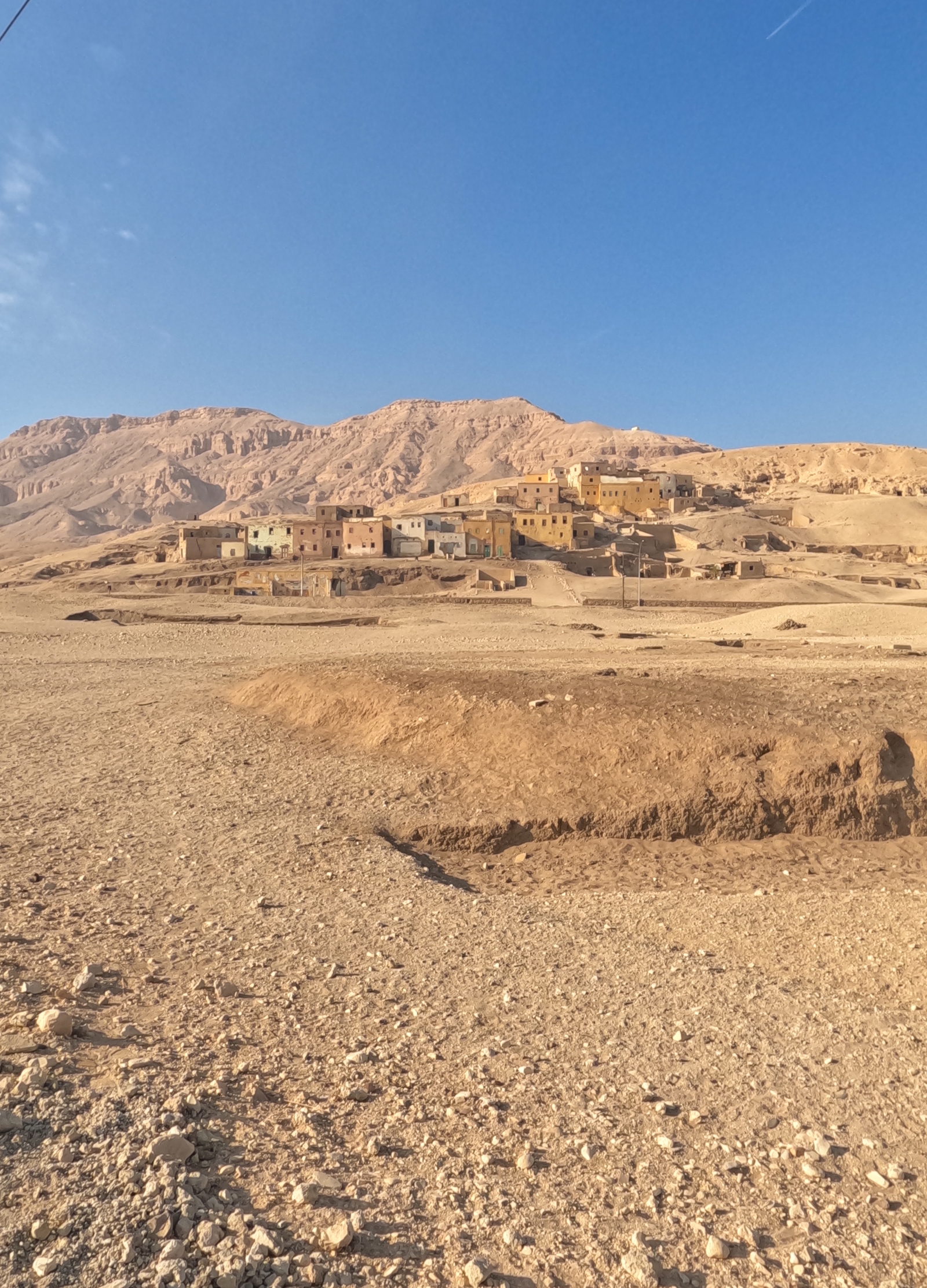
Power Etched in Stone: Exploring Medinet Habu
Stepping into the vast enclosure of Medinet Habu, I’m immediately struck by a feeling of immense power and resilience. Unlike the more open, ceremonial feel of Luxor Temple, this place, the Mortuary Temple of Ramses III, feels like a fortress, a monumental statement of defiance against a tumultuous world. It’s on the West Bank, fittingly, among the sites of the afterlife, but its energy is very much about earthly might.
The first thing that grabs my attention is the sheer scale of the eastern gate, unlike anything I’ve seen in Egypt. It’s built like a Syrian migdol fortress, with imposing towers that make you understand Ramses III wasn’t just a pharaoh, but a warrior. I can almost hear the trumpets, the marching feet, and the clamor of ancient battles depicted on its outer walls. The art here is not just devotional; it’s a vibrant, almost cinematic chronicle of war, of Ramses III’s triumphs against the Libyans and, famously, the Sea Peoples. The details are incredible – ships, warriors, even the chaos of combat are carved with a raw energy that really pulls you in.
As I move deeper, passing through the massive pylon, I enter the first courtyard. Here, the columns lining the sides are not just plain; many are Osiride statues of Ramses III himself, his deified form embodying power even in death. It’s a powerful statement of his enduring presence and strength. The light filtering in here is different, somehow softer, yet the walls still scream with narratives. I’m seeing scenes of royal rituals, of offerings to the gods, but always with an underlying current of the pharaoh’s unwavering authority.
Walking into the hypostyle halls, the sheer number of columns is mesmerizing. They rise around me, some still retaining traces of their original vibrant paint, revealing blues and golds that hint at the temple’s former glory. It’s easy to get lost among them, feeling the cool air and the silence broken only by my own footsteps. The artwork here, too, is exceptional – intricate hieroglyphs and reliefs that recount religious festivals, offerings, and the pharaoh’s unwavering devotion. It’s like being inside a giant, sacred comic book from antiquity, each panel telling a vital part of Ramses III’s story and his relationship with the divine.
What really distinguishes Medinet Habu, as I walk through its various courts and chambers, is its sense of robust preservation. The colors on some of the reliefs are remarkably intact, especially when shielded from direct sunlight. It’s not just a ruin; it’s a vibrant echo of a functioning ancient complex. This was not only a place of worship and a mortuary temple for Ramses III, but also a fortified administrative center, a refuge for the local populace during times of unrest. I can almost sense the lives lived within these strong walls – priests performing rituals, scribes recording events, and perhaps even the pharaoh himself residing in the attached palace.
Medinet Habu feels like a complete world, a testament to a pharaoh who not only ruled but fought fiercely to protect his land. Every pillar, every painted scene, every imposing wall whispers tales of a time when Egypt stood firm against the tide of invasions, ensuring its legacy would endure for millennia, just as I am witnessing it today.
“See the world. It’s more fantastic than any dream.” – Ray Bradbury
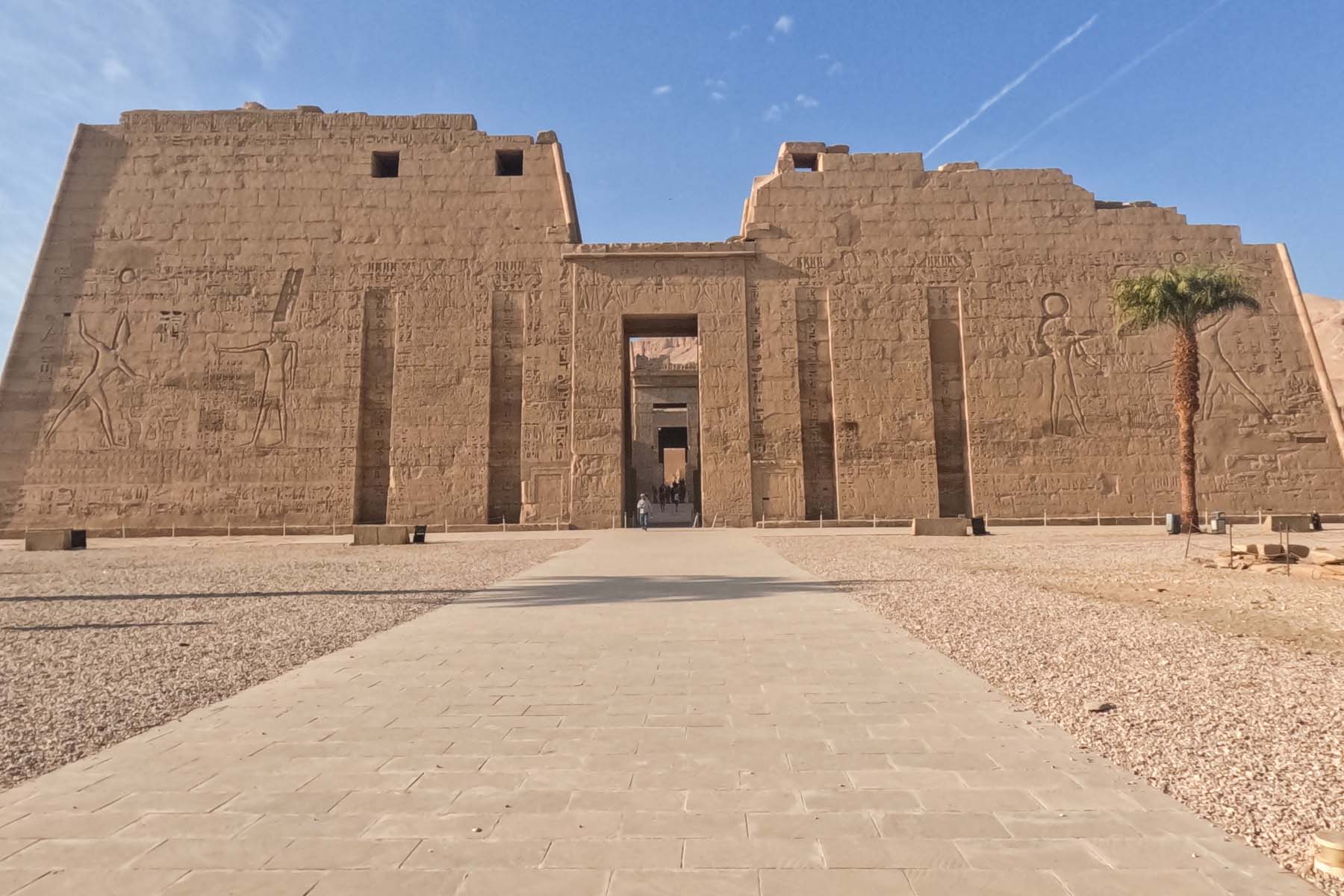
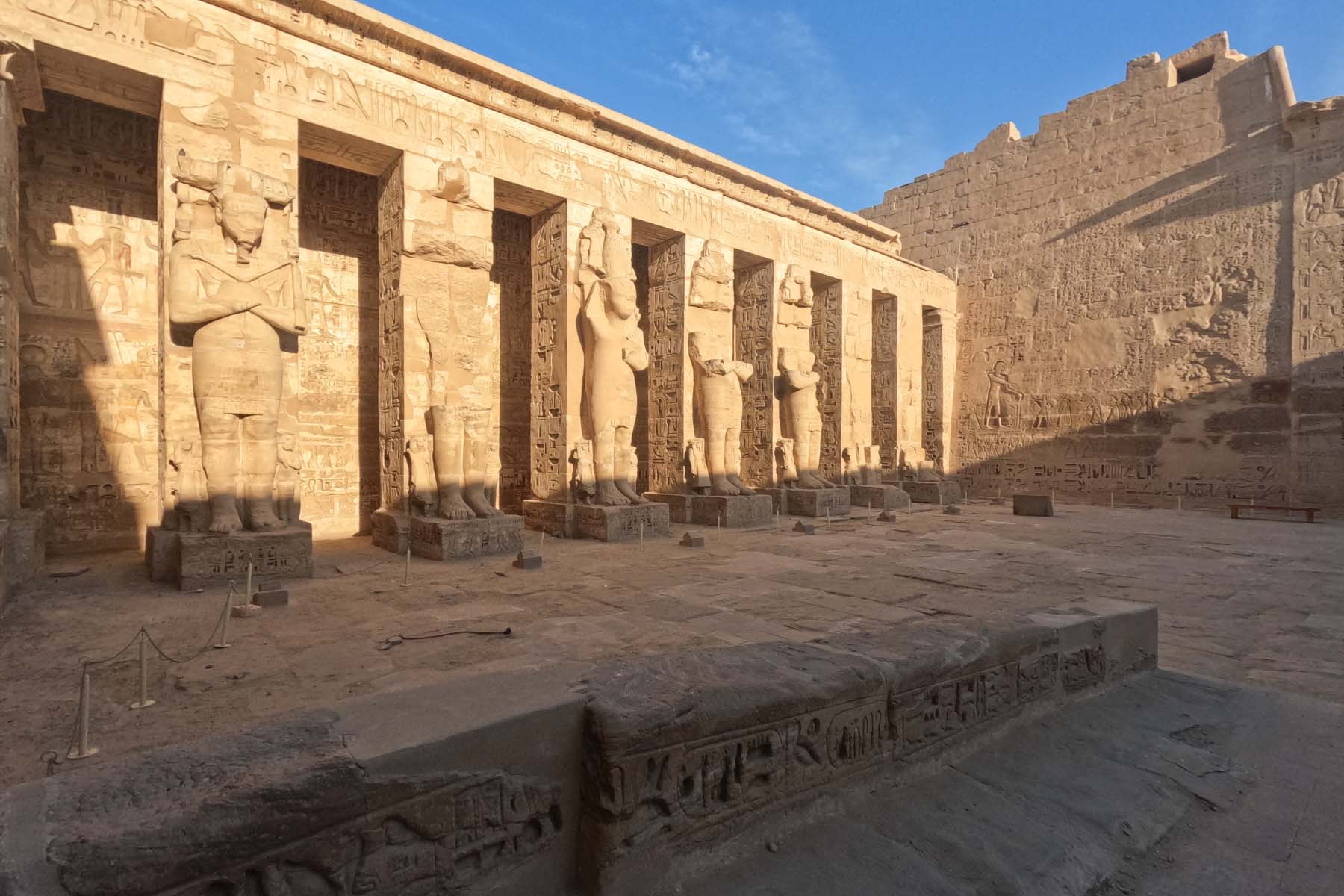
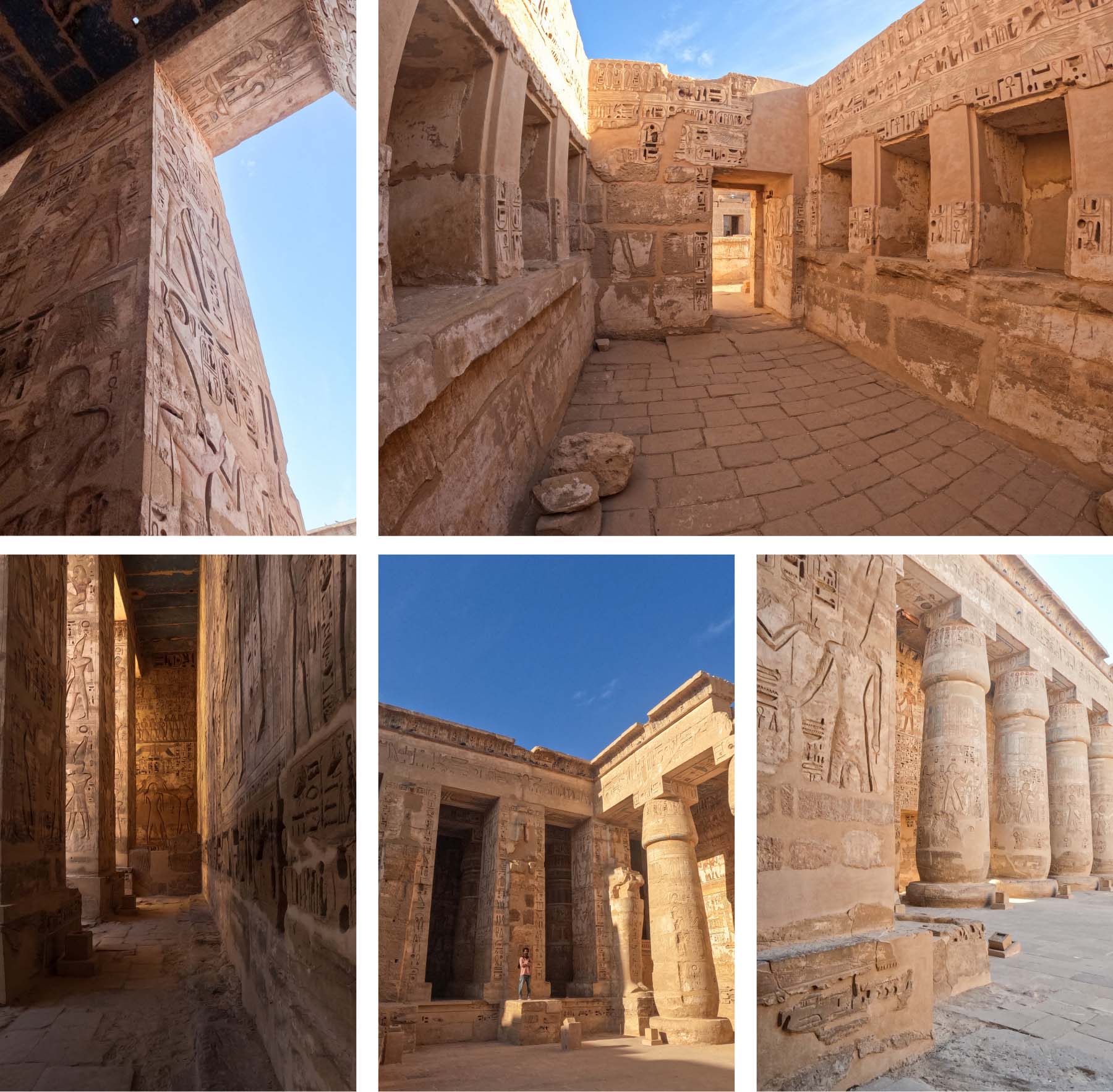
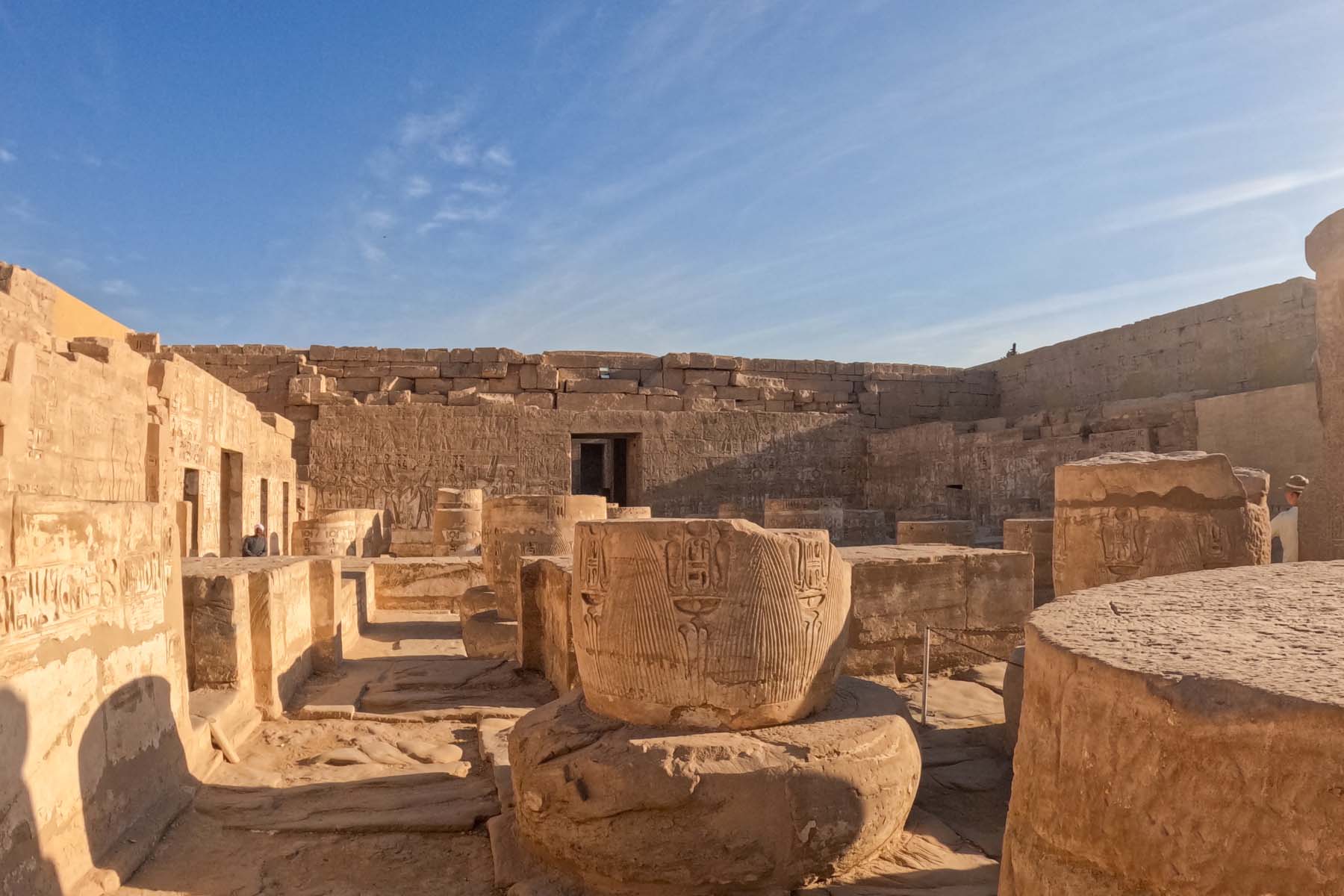
support us on you tube
hi are you on Pinterest? consider pinning our article so that you can find it easyly
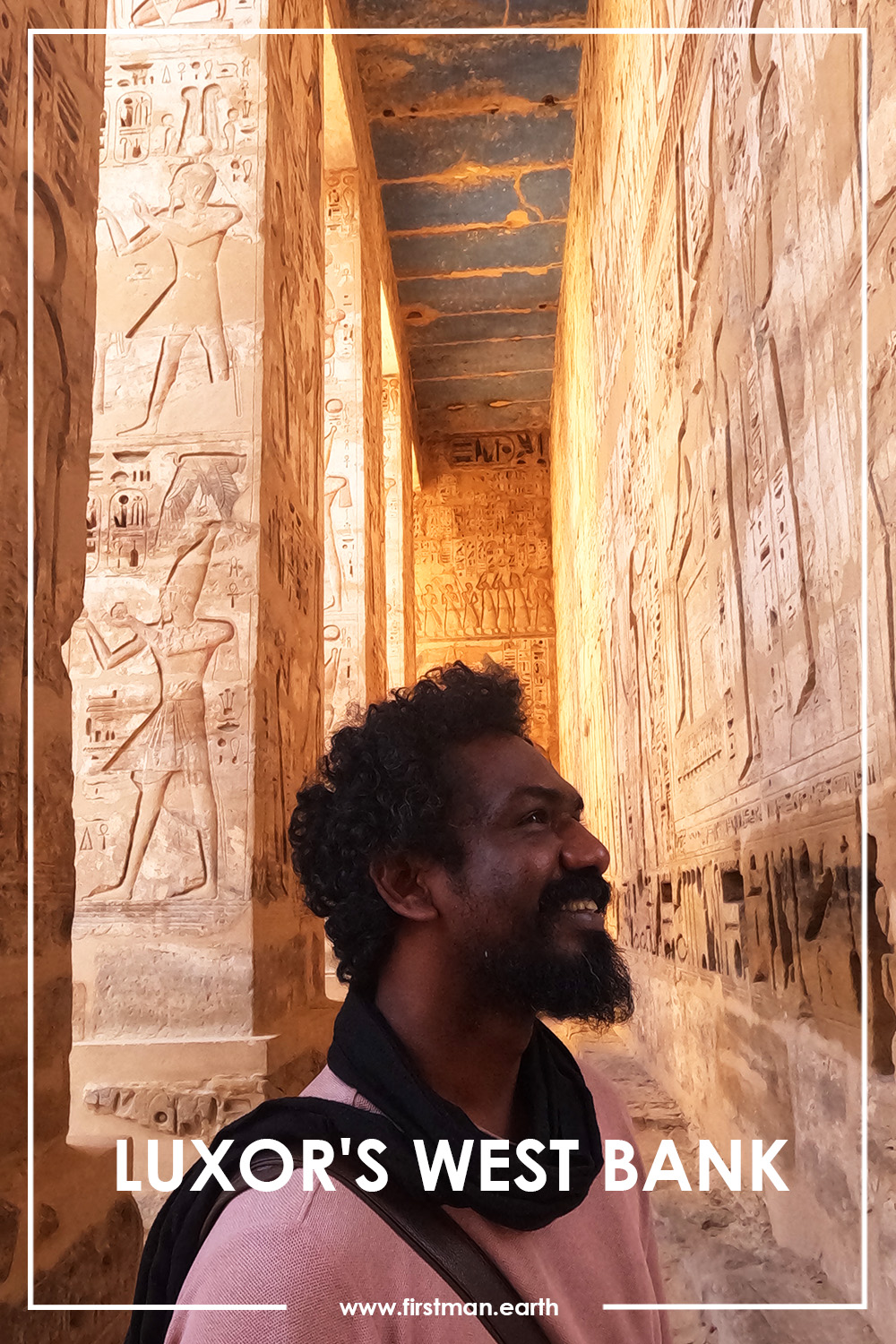
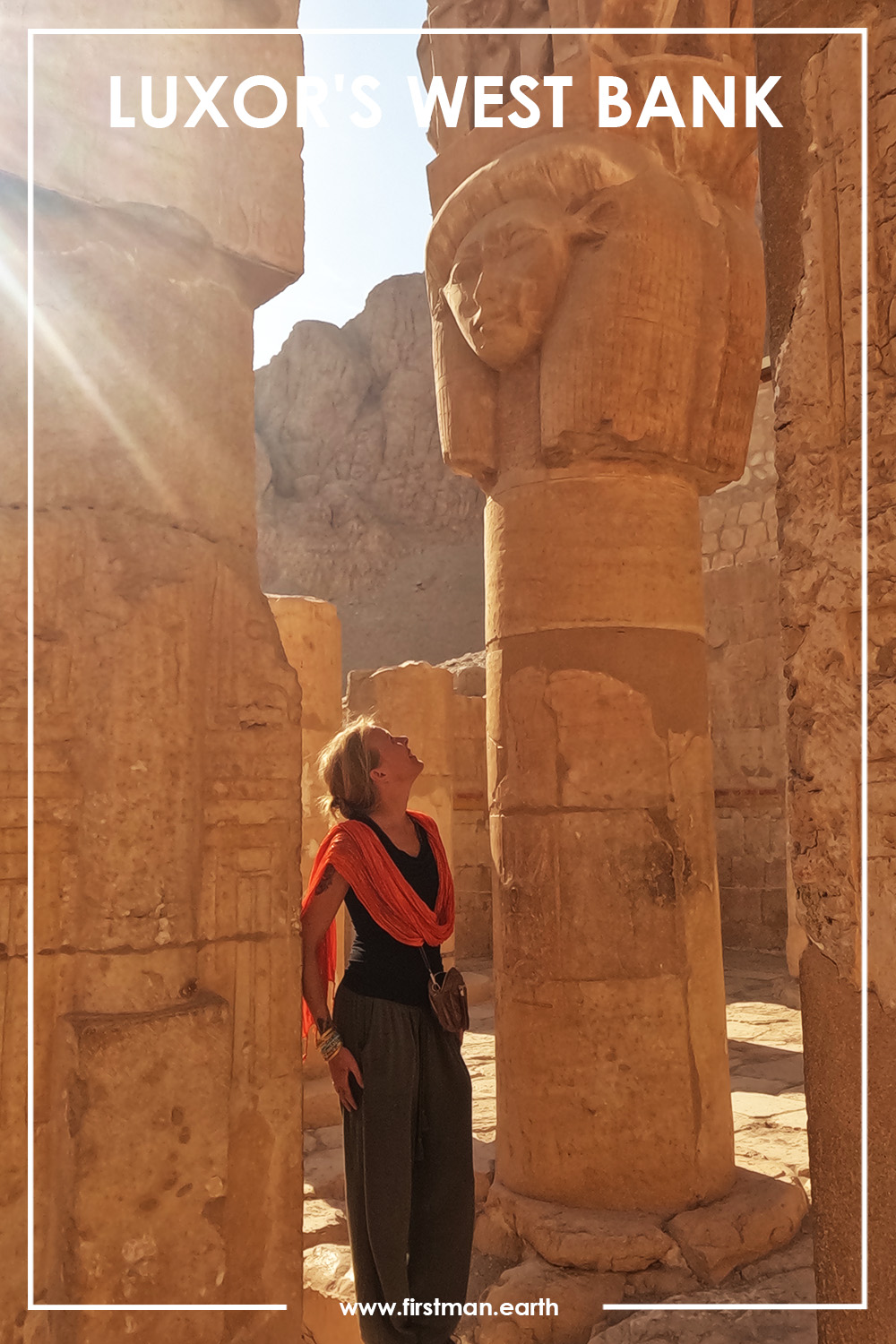
This is our travel through Egypt
thank you
Rahul




